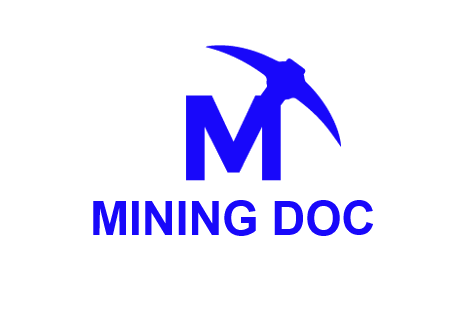Location
At 170 km southeast of Antofagasta, in the northern Chilean Atacama Desert, sits the copper porphyry deposit known as Escondida. In Spanish, the name Escondida means “hidden.” It comes from the primary orebody, which is concealed by hundreds of meters of overburden and does not outcrop on the surface.
Ownership
The world’s greatest producer of copper cathodes and concentrates is the Escondida mine, located in northern Chile. The project has a 41-year mining life and was initiated in the late 1990s. A joint venture of mining firms, comprising BHP (57.5%), Rio Tinto (30%), and JECO (12.5%), owns and runs the mine. The mine is at an elevation of 3050 meters, or about 10,000 feet, and began operations in 1990.
Orebody Characteristics
According to the periodic «Mining Intelligence and News», Escondida is characterised by a mature supergene profile with high kaolinite contents, which include a hematitic leaching layer, with an average thickness of ~ 200 m, but locally, can reach 400 m. This leaching zone is supported by a NW-trending enrichment zone that covers an area of 4.5 × 1.8 km with a maximum thickness of ~ 400 m.
NW-trending faults, fractures, and veins intersecting the NW trend combined with higher hypogene copper contents appear to have been the main controls on both the shape and depth of the enrichment zone (Ojeda, 1986, 1990; Padilla-Garza et al., 2001). The zone is dominated by chalcocite-group minerals in its higher-grade upper part with lower-grade covellite and hypogene sulphides remaining that become dominant at depth. The supergene event is dated between ~ 18 to 14 Ma (Alpers and Brimhall, 1988) in supergene alunite at the limit of the leaching and enrichment zone.
Annual production
According to an article published on Statista website on 2024/03/28 by madhumitha Jaganmohan, in 2023, some 882,100 metric tons of copper was produced at the Escondida mine. The Collahuasi mine in Chile, owned by Glencore Plc, produced 563,390 metric tons of copper that year, making it the second-largest copper mine globally.
Recent news
Workers at BHP’s Escondida mine in Chile reject contract offer (Reuters)
Workers at BHP’s Escondida, the world’s largest copper mine, rejected an offer for a new collective bargaining agreement, setting the stage for a potential strike, the union said on Thursday.
A total of 2,371 workers, or about 99.75% of union members, voted in favor of the strike. In a statement, the union said the call for a strike was “overwhelmingly backed by partners” that saw the offer made “no legitimate progress towards worker goals.”
The union reiterated its demand for 1% of dividends to distribute equally among workers and said the current offer by the company also extended work days and cut benefits.
The statement said the current offer uses “one-time bonuses that try to hide the definitive loss of conditions.” Chilean legislation lets either party call for five days of government mediation, extendable by another five days if both parties agree, to avert a strike.






